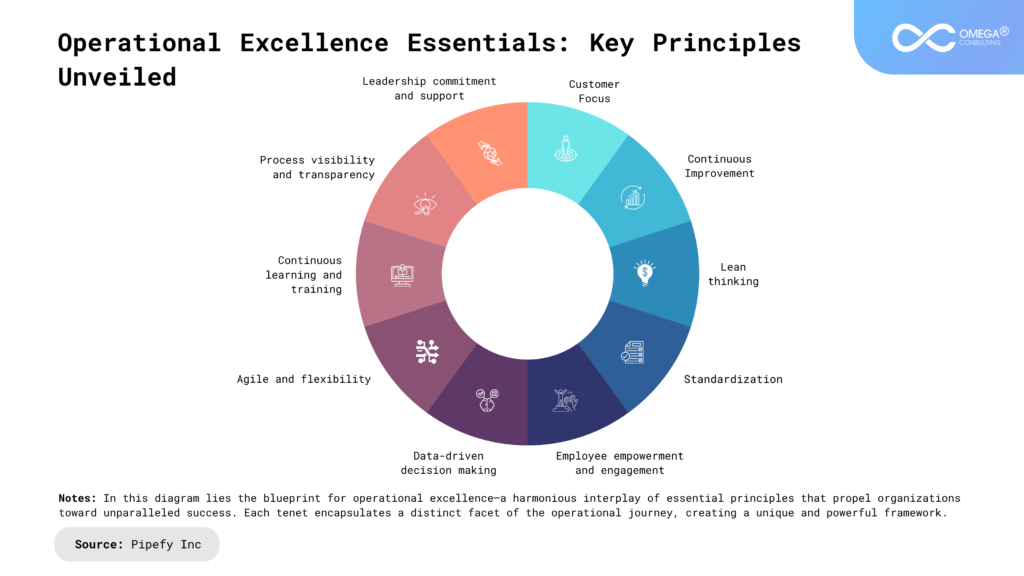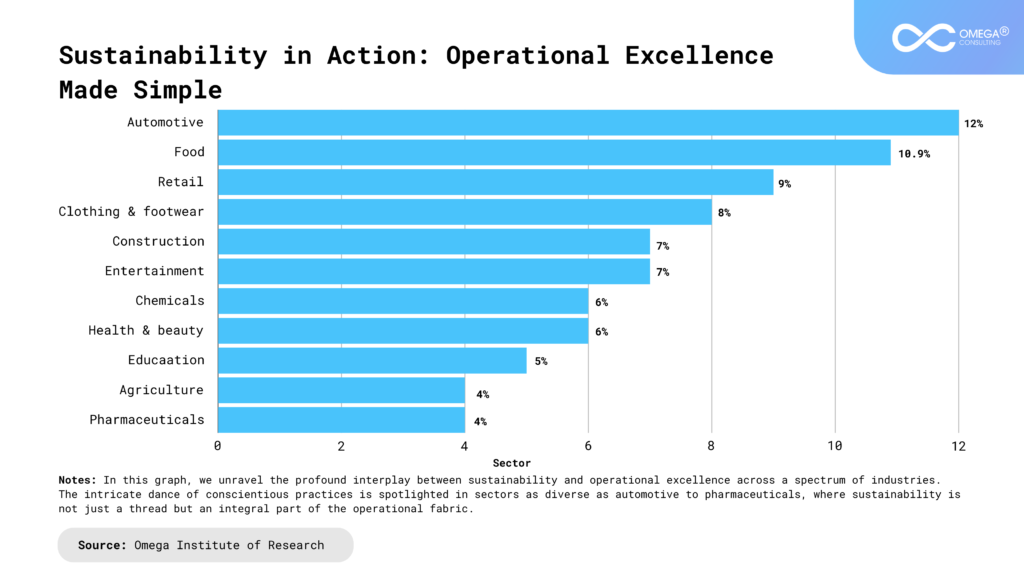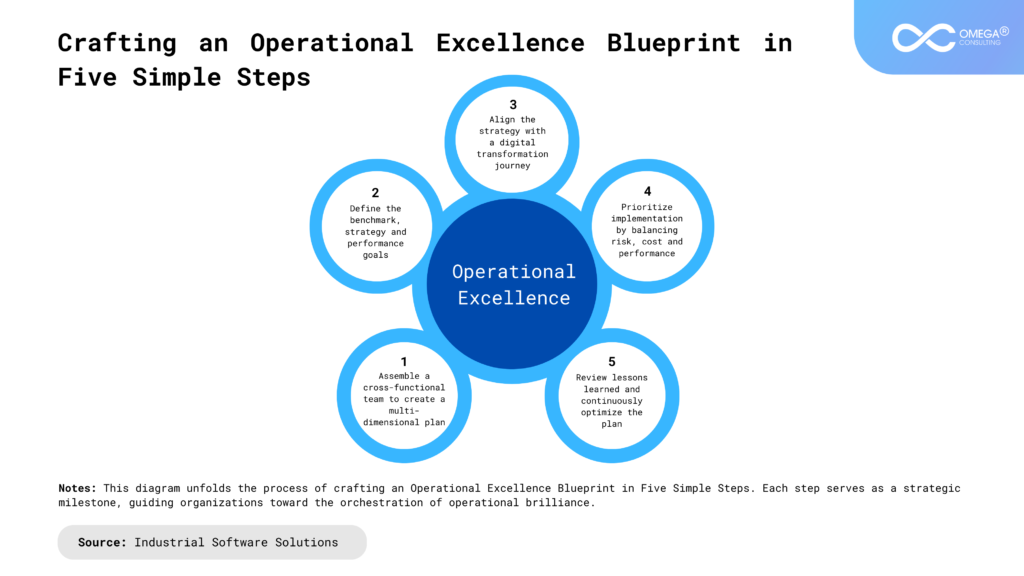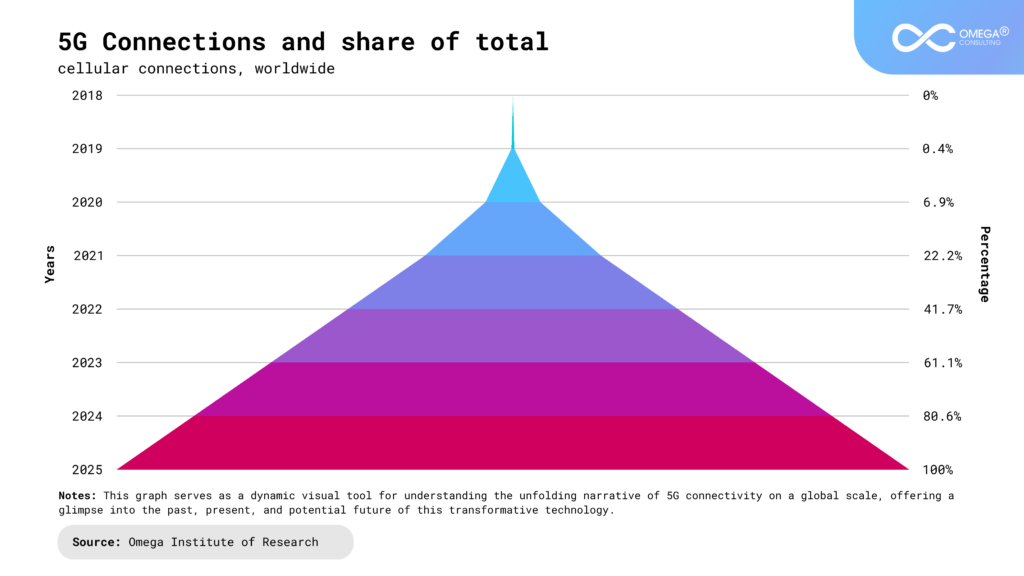- Industries
Industries
- Functions
Functions
- Insights
Insights
- Careers
Careers
- About Us
- Technology
- By Omega Team

In the ever-accelerating landscape of contemporary business, the role of Chief Information Officers (CIOs) and Chief Technology Officers (CTOs) stands at the epicenter of innovation and progress.
Beyond the conventional confines of their titles, these leaders are the visionaries charting the course for operational excellence. The infusion of cutting-edge technology is not merely a decision; it is an absolute strategic necessity for these trailblazers. This article aims to unveil the profound importance of technology adoption for CIOs and CTOs, casting a spotlight on its role as a transformative force propelling efficiency, sparking innovation, and ultimately shaping success in the digital era.
By delving into tailored benefits and strategic considerations, we endeavor to provide unique insights that empower CIOs and CTOs to navigate the dynamic landscape, steering their organizations to unparalleled heights in the pursuit of operational excellence.

Decoding Operational Excellence
Operational excellence embodies a comprehensive approach to business management, centering on perpetual enhancements to processes, systems, and overall performance to deliver unparalleled value to customers and stakeholders. Traditionally anchored in lean principles and Six Sigma methodoloies, operational excellence has evolved in the digital age, with technology emerging as a transformative force, unlocking new avenues for innovation and improvement.

Technological Drivers of Operational Excellence
Artificial Intelligence (AI) and Machine Learning (ML)
- Predictive Analytics: AI and ML algorithms delve into historical data, unveiling insights that empower organizations to make informed decisions and optimize resource allocation.
- Process Automation: Automation liberates human resources from mundane tasks, not only minimizing the risk of errors but also channeling employee efforts toward strategic and value-added activities.
- Cognitive Computing: AI-powered systems, equipped with the ability to understand, learn, and interact, elevate decision-making processes, and enable organizations to seamlessly adapt to dynamic circumstances.
Internet of Things (IoT)
- Connected Devices: The IoT landscape fosters interconnectivity among devices and systems, offering real-time insights into operations and facilitating proactive maintenance.
- Data Collection and Analysis: Embedded sensors in machinery and equipment gather valuable data, enabling organizations to monitor performance, pinpoint inefficiencies, and make data-driven decisions.
- Supply Chain Optimization: IoT enhances visibility and traceability in the supply chain, curbing lead times, minimizing disruptions, and optimizing inventory management.
Robotic Process Automation (RPA)
- Repetitive Task Automation: RPA software robots efficiently handle rule-based, repetitive tasks, freeing up human resources for strategic endeavors and complex activities.
- Error Reduction: By automating manual processes, organizations significantly mitigate the risk of errors, fostering heightened accuracy in overall operations.
- Scalability: RPA allows organizations to scale operations without a proportional surge in workforce, contributing to cost-effectiveness and operational efficiency.

Implementation Strategies for Technological Operational Excellence
Cultural Shift and Change Management
Employee Training: A successful transition to technology-driven operations necessitates a workforce equipped with requisite skills and knowledge. Investment in comprehensive employee training programs becomes imperative for a seamless shift.
Communication: Transparent communication regarding the benefits and objectives of technology adoption fosters a positive mindset among employees, cultivating a culture of innovation.
Integration and Interoperability
Seamless Integration: To fully harness the benefits of diverse technologies, organizations must ensure seamless integration among different systems. API-driven architectures play a pivotal role in achieving this interoperability.
Data Security and Privacy: As organizations embrace technology, prioritizing data security and privacy becomes paramount. Robust cybersecurity measures, including encryption, secure access controls, and regular audits, are essential to shield against potential threats.
Continuous Improvement
Data-Driven Decision-Making: Real-time data availability empowers organizations to make informed decisions, swiftly adapting to changing market conditions and fostering a culture of continuous improvement.
Agile Methodologies: The implementation of agile methodologies enables organizations to respond rapidly to evolving requirements, instilling a culture where continuous improvement is ingrained.
Case Studies
Amazon: AI for Demand Forecasting
Optimization of Inventory Levels: Amazon’s extensive use of AI algorithms for demand forecasting has optimized inventory levels, mitigated stockouts, and elevated customer satisfaction.
Proactive Supply Chain Management: Machine learning models analyze historical data, customer behavior, and external factors, empowering Amazon to proactively manage its supply chain.
Tesla: IoT and Automation in Manufacturing
Real-Time Monitoring: Tesla’s advanced use of IoT devices in manufacturing allows real-time monitoring of machinery, predictive maintenance, and heightened production efficiency.
Precision Through Automation: Robotic automation on the assembly line enables Tesla to achieve high precision and quality in manufacturing processes, contributing significantly to operational excellence.

Navigating Challenges and Considerations
Cost of Implementation
- Initial Investment: The adoption of advanced technologies often entails a substantial upfront investment in hardware, software, and training.
- Long-Term ROI: Organizations must meticulously evaluate the long-term return on investment, weighing both tangible and intangible benefits to justify technology adoption.
Resistance to Change
- Employee Apprehension: The introduction of new technologies may be met with resistance from employees fearing job displacement or struggling with adaptation.
- Change Management Strategies: Implementing effective change management strategies is imperative, involving employees in the process and emphasizing the positive impact of technological advancements on their roles.
Cybersecurity Risks
- Increased Vulnerability: The broader digital footprint resulting from technology adoption heightens an organization’s susceptibility to cyber threats.
- Robust Security Measures: Organizations must implement stringent cybersecurity measures, encompassing encryption, secure access controls, and regular security audits, to mitigate the risk of data breaches.
Emerging Trends Shaping the Future of Technology and Operational Excellence
Quantum Computing
- Revolutionizing Data Processing: Quantum computing holds the potential to revolutionize data processing, solving complex problems at speeds unattainable by classical computers.
- Optimization Applications: Quantum computing can significantly impact optimization problems, such as supply chain optimization and resource allocation, contributing to heightened operational excellence.
5G Technology
- Faster and Reliable Communication: The widespread adoption of 5G technology promises faster and more reliable communication, facilitating real-time data transfer and collaborative endeavors.
- Enhanced Connectivity: Improved connectivity will bolster IoT applications, allowing organizations to collect and analyze data more efficiently, ultimately refining operational decision-making.

Conclusion
In conclusion, the integration of technology into organizational processes is a fundamental driver of operational excellence in the modern business landscape. From artificial intelligence and machine learning to the Internet of Things and robotic process automation, the opportunities for improvement are vast. Successful implementation requires a strategic approach, encompassing cultural transformation, seamless integration, and a commitment to continuous improvement. By embracing the transformative power of technology, organizations can not only optimize their operations but also stay ahead in an ever-evolving and competitive market.
As we look to the future, emerging technologies such as quantum computing and 5G promise to further shape the landscape of operational excellence, offering new possibilities for innovation and efficiency. The journey toward operational excellence through technology is dynamic, and organizations that embrace these advancements will be well-positioned to thrive in the digital age.
- https://www.theclm.org/Magazine/articles/operational-excellence-and-technology/155
- https://www.explic8.com/the-role-of-technology-in-operational-excellence-transformation/
- https://www.forbes.com/sites/forbestechcouncil/2022/12/20/understanding-operational-excellence-and-the-continuous-optimization-of-it-operational-efficiency/?sh=51733231788b
- https://www.al-enterprise.com/-/media/assets/internet/documents/technology-the-road-to-operational-excellence-whitepaper-en.pdf
- https://www.ibm.com/blog/delivering-value-through-operational-excellence/
- https://www.pipefy.com/blog/operational-excellence/
Subscribe
Select topics and stay current with our latest insights
- Functions